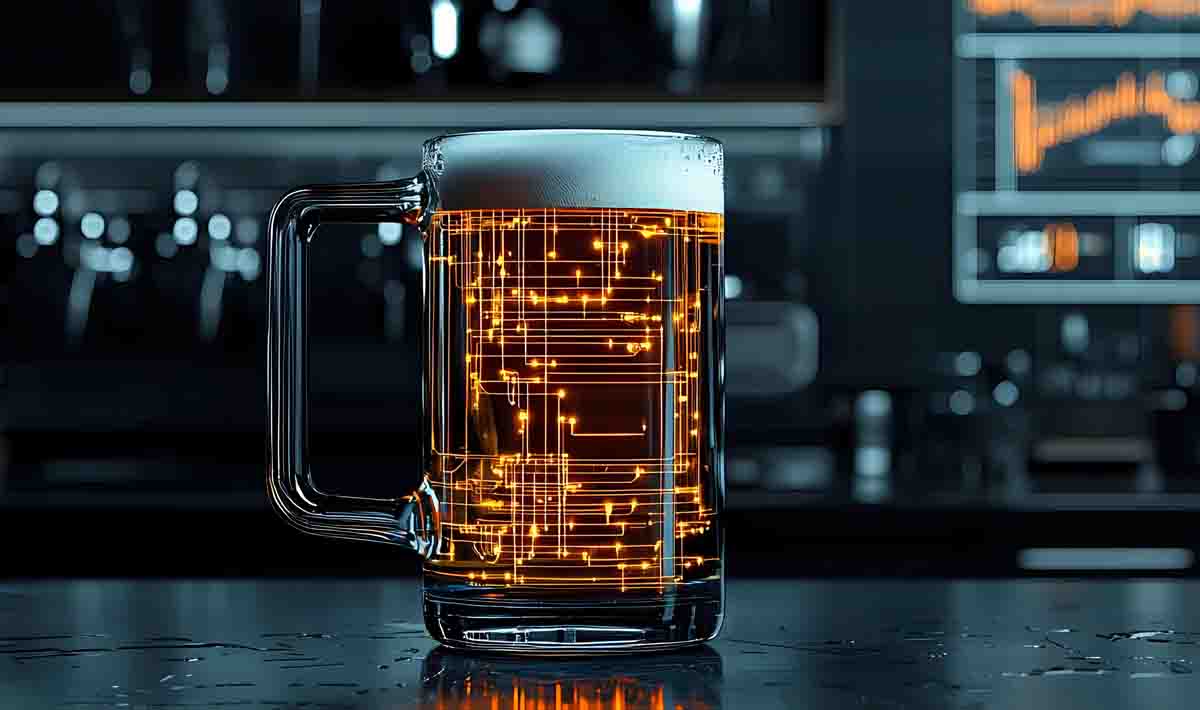
As we enter a new financial year Nicole Buisson, MD at Lightspeed, has offered a modern tech-based perspective on how publicans can tap into trends and growth.
*

From the bustling streets of Sydney or Melbourne’s CBDs to country towns in the Northern Territory or rural Western Australia, pubs are the heartbeat of local communities. They’re where friends and family come together, younger Australians get their first taste of employment and where publicans turn a passion into a purpose. They’re part of the social and economic fabric that binds communities together.
Most publicans would say that running a venue isn’t easy, particularly in recent years, but there’s a growing sense of optimism within the sector. According to Lightspeed’s State of Hospitality report, publicans, on average, are forecasting growth in 2025 of 37 per cent – higher than the hospitality-wide average of 31 per cent. That comes after Aussies visited venues eight per cent more in 2024 than 2023.
Reaching the midpoint of the calendar and start of a new financial year – a critical period of financial reflection and analysis – publicans look to review their operations and identify opportunities for growth.
Turning technology into growth
Technology is emerging as a key area of investment in hospitality, operators increasingly viewing it as a lever to unlock growth and efficiency in multiple areas of the business. Lightspeed’s research finds operators can save 1.5-2 hours every day by using tools such as inventory management, reporting, kitchen display systems, point of sale (POS) platforms and integrated payments.
These time savings can be highly valuable, with almost half of operators (47pc) saying that technology has improved operational efficiency, which is a significant jump from 33 per cent the previous year. A further 41 per cent credit technology’s role in enhancing customer service by freeing staff to focus on guests, while more than a third (37pc) say it offers insights that can help improve overall business performance.
In 2025, venues are planning to invest in technology to improve customer experience and operational efficiency, with the largest allocation (9pc of the budget) going to contactless payments. Other tools operators are prioritising include employee scheduling and workforce management software, online ordering and delivery platforms and inventory management.

Contactless payment terminals are the most common planned technology investment in hospitality this year, as most Aussies now pay using cards or digital wallets. These terminals meet customer expectations and ease the burden on staff, while also integrating directly with the POS, which reduces end-of-shift admin and the risk of human error.
Workforce management software helps streamline rosters, track hours, and reduce compliance risks. Automated scheduling based on demand forecasts helps publicans ensure the right staffing levels at peak times and during quieter periods.
Similarly, inventory management can optimise stock and produce and provide control and visibility to one of the largest cost centres. Digital tools can automate stock counts, alert managers to low or slow-moving items and even predict future orders based on sales trends. This can reduce waste, prevent stockouts and save staff hours of manual checking, ultimately helping to protect margins.
Our research shows many operators are investing in online ordering and delivery platforms, which help pubs expand their reach beyond their location. By allowing customers to order from phones or homes, operators can boost revenue without having to increase capacity. This can be especially impactful during the colder months, when customers are less inclined to leave the house.
Tiered pricing
While technology can be a key driver of growth for publicans, there are other business innovations the sector is leaning toward; our research shows 55 per cent of pubs and bars are rolling out tiered pricing, which allows them to optimise revenue by charging different prices based on time, demand, or customer segment.
For example, offering discounted ‘happy hour’ drinks during off-peak hours can help attract customers. Conversely, pubs could charge a premium during peak periods, like on weekend nights or during events.
Pubs can also use tiered pricing to reward loyalty by offering exclusive discounts to locals, or to encourage upselling, such as bundling food and drinks at a reduced price. This can not only increase average spend per head but also build a stronger relationship with customers.
When it comes to implementing tiered pricing, publicans can start small by testing time-based promotions, tracking the results through their POS and booking systems and refining their approach accordingly. When implemented strategically, tiered pricing can give pubs a flexible, data-led way to improve profitability and drive repeat visits.
New year resolutions
With the new financial year underway, many publicans are naturally analysing their performance over the last 12 months and devising forecasts and strategies for the months ahead. While there’s no one-size-fits-all recipe to success, technology can be an excellent way to strengthen bottom lines, unlock growth opportunities and improve customer experience, while many pubs are also leaning into tiered pricing to maximise during peak and off-peak periods.

